The Dong Nai River originates from the Lang Biang mountain range, passes through many rapids and waterfalls, flows through the vast green forests and then flows into the Ta Lai plain. From the last waterfall of Tri An, it joins the La Nga River from Binh Thuan, the Be River from Binh Phuoc before passing through Binh Duong, Dong Nai, Ho Chi Minh City, Ba Ria - Vung Tau and then merging into the ocean. Over 500 km it passes, regardless of day or night, the river still tirelessly deposits alluvium on both banks of fragrant trees and sweet fruits.
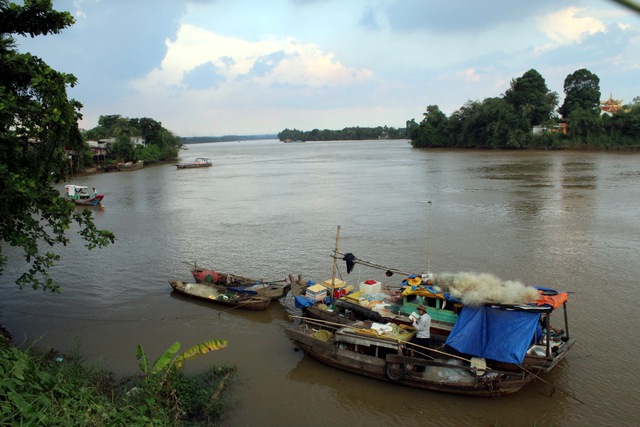
For people on both banks of Dong Nai, the river is not only a memory of childhood, the sound of rowing and fishing, the afternoon ferry home...
For thousands of years, the Dong Nai River has been the source of life, witnessing many historical changes from the indigenous Ma, Stieng, and K'ho people to the first Vietnamese immigrants who came to reclaim and establish villages on the generous Southern land more than 325 years ago.
Like many other rivers, Dong Nai contains many interesting things about the conquest of residents from ancient times to the present day. Unlike in the highlands, the river is like a strong young man when overcoming many rapids, when flowing into the lowlands it becomes gentle, embracing the green islands, peaceful like the gentle nature of the people of the red land.
Known as the longest inland river in Vietnam, with a large basin affecting 12 provinces and cities, the lands along the mother river Dong Nai embrace a rich and diverse cultural heritage, marking the early days of our ancestors' land opening. These are archaeological vestiges such as Cat Tien Holy Land, Doc Chua, Cu Lao Rua... to many religious works, temples, pagodas from the time Le Thanh Hau Nguyen Huu Canh established the boundaries of Tran Bien - Gia Dinh in 1698.
For people on both banks of Dong Nai, the river is not only a memory of the wharf of childhood, the sound of rowing and fishing, the afternoon ferry home... but it also carries deep memories of people's lives when they were born and raised on the hometown river. In Bien Hoa, there are still traces of Ghenh bridge, built more than 120 years ago, crossing this river. That is the memory of the early days of trade between Bien Hoa and Saigon - Gia Dinh. The day Ghenh bridge was crashed by a barge in 2016, hundreds of people from Cu Lao Pho poured out to look at the bridge spans, regretting and reminiscing about the memories associated with it.
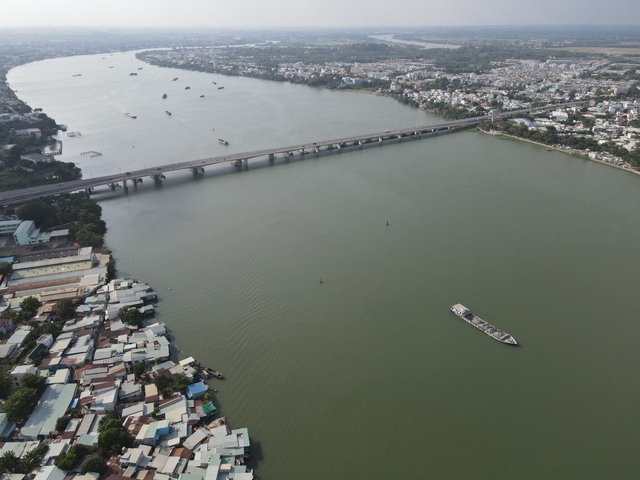
Where the water flows in two, it has now become an important traffic artery.
"The water flows in Nha Be, splits in two,/Who goes to Gia Dinh, Dong Nai, then go" , where the water flows in two, has now become an important traffic artery, connecting the key economic zone of the South with the region and the world. It embodies the Eastern people, "hard-working and brave", innovative, creative, and pioneering in the process of industrialization and modernization.
The tolerant river is like a new land that welcomes many people from all over to study, work and make a living. From hydroelectric plants, high-tech agricultural areas, billion-dollar industrial factory projects, the Dong Nai River is working with the people of the East to "cultivate green shoots". In the difficult times of Covid-19, the people of the Southeast have united and joined hands to overcome the pandemic, gradually getting the economic locomotive rolling again.
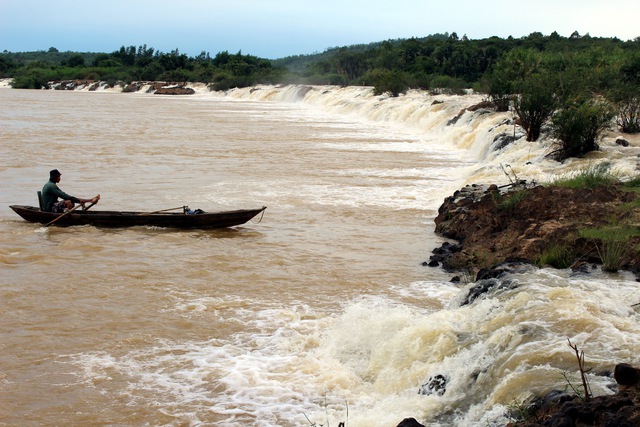
That river always contains wonders that we will never fully discover.
With the bridges over the Dong Nai River gradually taking shape such as Bach Dang 2, Nhon Trach, Phuoc Khanh, Binh Goi, Phuoc An..., and the ports being expanded, the Southeast region is breaking "traffic bottlenecks" to accelerate. In which, Long Thanh airport and Cai Mep - Thi Vai deep-water port, Phu My dry port... are important highlights for the whole region to take off and reach far.
However, the river - which plays an extremely important role in the Vietnamese economy, not to mention the cultural sediments still hidden at the bottom of the river - still has the challenges of urban life with pollution, landslides... I am not a researcher or cultural scientist to go and understand..., but perhaps I still know that the river always contains wonders that we will never fully discover.

Source link



![[Photo] President Luong Cuong presents the decision to appoint Deputy Head of the Office of the President](https://vphoto.vietnam.vn/thumb/1200x675/vietnam/resource/IMAGE/2025/5/8/501f8ee192f3476ab9f7579c57b423ad)

![[Photo] General Secretary concludes visit to Azerbaijan, departs for visit to Russian Federation](https://vphoto.vietnam.vn/thumb/1200x675/vietnam/resource/IMAGE/2025/5/8/7a135ad280314b66917ad278ce0e26fa)
![[Photo] Prime Minister Pham Minh Chinh meets with the Policy Advisory Council on Private Economic Development](https://vphoto.vietnam.vn/thumb/1200x675/vietnam/resource/IMAGE/2025/5/8/387da60b85cc489ab2aed8442fc3b14a)
![[Photo] National Assembly Chairman Tran Thanh Man chairs the meeting of the Subcommittee on Documents of the First National Assembly Party Congress](https://vphoto.vietnam.vn/thumb/1200x675/vietnam/resource/IMAGE/2025/5/8/72b19a73d94a4affab411fd8c87f4f8d)



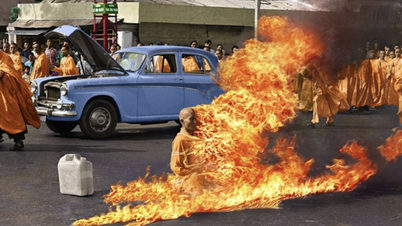
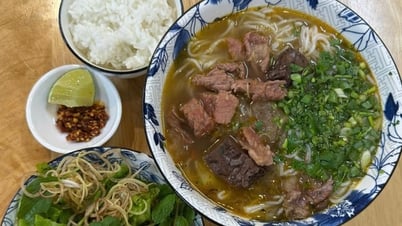








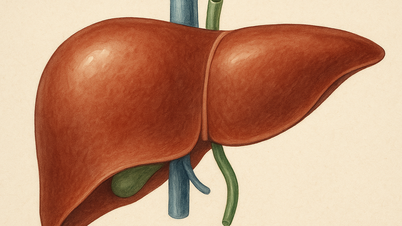


































![[Photo] Prime Minister Pham Minh Chinh talks on the phone with Singaporean Prime Minister Lawrence Wong](https://vphoto.vietnam.vn/thumb/402x226/vietnam/resource/IMAGE/2025/5/8/e2eab082d9bc4fc4a360b28fa0ab94de)





















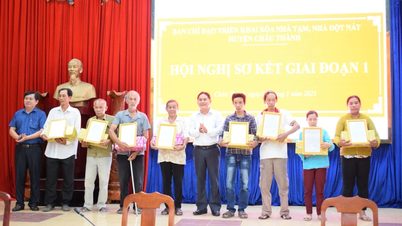












Comment (0)